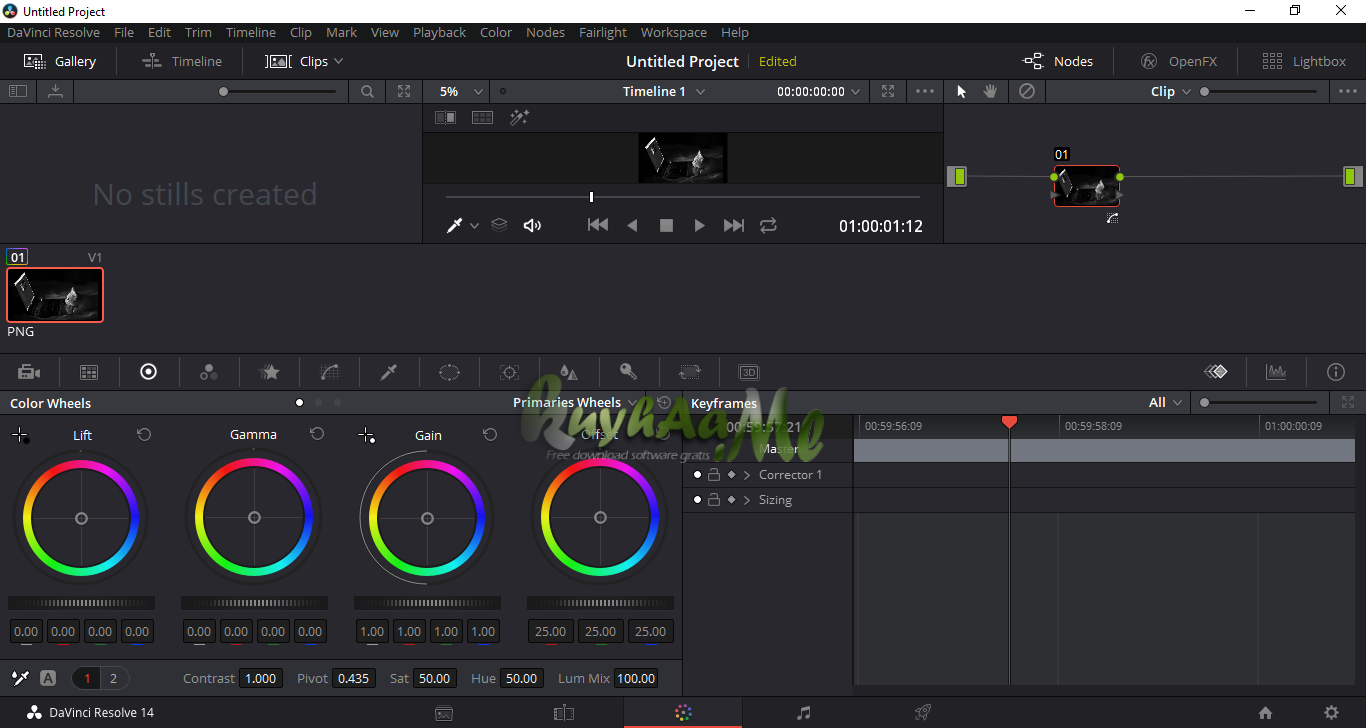

Performance also depends on the resolution of your media, the resolution of your timeline and the codecs of the media you are using. Noise reduction and optical flow will still be problematic.ĢGB – A comfortable HD experience, limited 4K work.ĦGB – You can tackle pretty much everything a project is likely to require.ĨGB+ – You can actually tackle everything any project is likely to require.īottom line, if you’re looking at a new system on a budget and you’re working mostly in HD, I’d recommend an absolute minimum of 2GB GPU memory, really 4GB is a more realistic minimum. 512MB – Forget about it.ġGB – You’ll be okay with basic HD ProRes work, checking RAW files but avoidġ.5GB – Approaching the absolute minimum to use Resolve with some level of complexity in HD. Of course GPU cores matter, but GPU memory matters more when looking at minimum requirements. It also employs YRGB 32-bit floating point processing for exceptional color precision. Your GPU is everything! It is more important than your CPU or system RAM (both of which should be up to the task too).ĭaVinci Resolve offloads intensive image processing to the GPU.

The Proxy Generator app creates and manages proxies for you. So yes, you need a GPU, and even not just any GPU. DaVinci Resolve 18 features a whole new way of remote collaboration using cloud based workflows You can host project libraries using Blackmagic Cloud and collaborate on the same timeline, in real time with multiple users all over the world. your GPU will determine if Resolve will run at all on your system. From DaVinci Resolve System Requirements, in the “Resolve Minimum System Requirements FAQ” part:


 0 kommentar(er)
0 kommentar(er)
